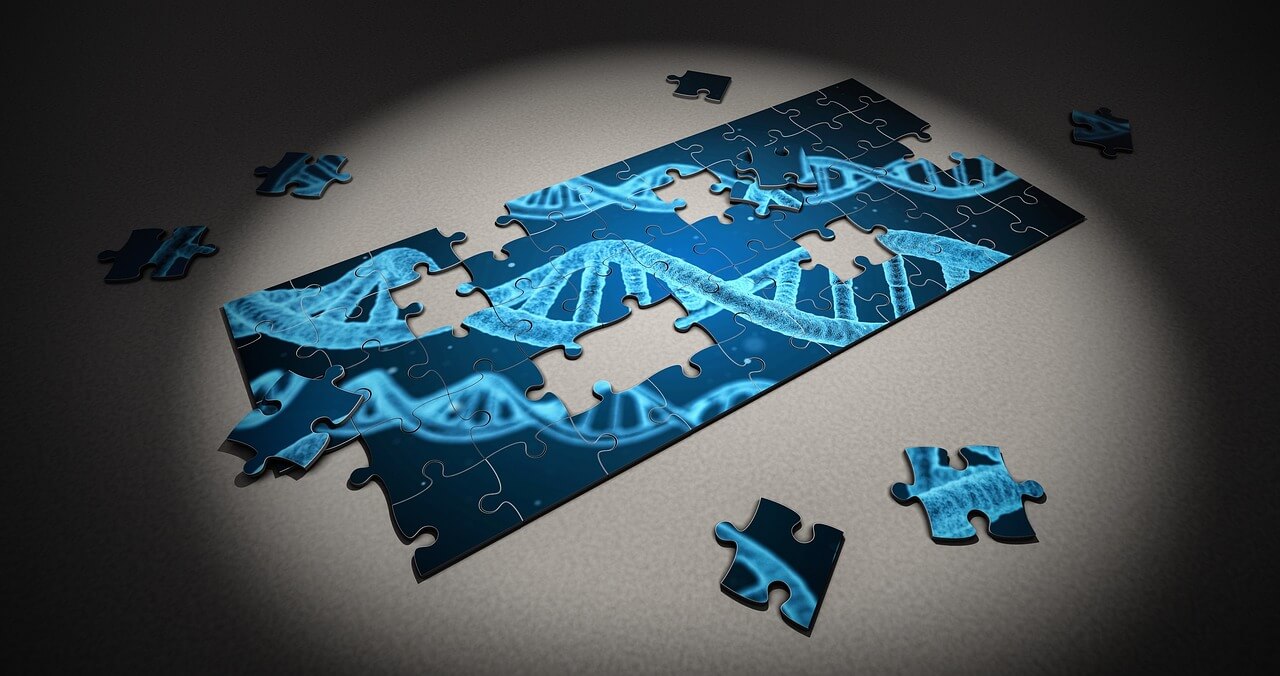ADELAIDE, Australia — Your risk for cancer may be linked to something deep inside your body. Australian researchers have established a significant connection between a person’s cancer risk and the functions of circular RNAs (circular genetic fragments) found within our cells. The findings reveal that specific circular RNAs can bind to DNA in our cells, leading to DNA mutations that can cause cancer.
“While environmental and genetic factors have long been believed the major contributors to cancer, this revolutionary finding – which we call ‘ER3D’ (from ‘endogenous RNA directed DNA damage’) – ushers in an entirely new area of medical and molecular biology research,” explains Flinders University Professor Simon Conn, who leads the Circular RNAs in Cancer Laboratory at the Flinders Health and Medical Research Institute, along with his wife, Vanessa.
To uncover the link between circular RNAs and cancer, researchers compared the neonatal blood tests of infants who later developed acute leukemia with those who did not have any blood disorders. They discovered that a specific circular RNA was present at significantly higher levels in infants who developed leukemia, even before the onset of symptoms. These findings suggest that the abundance of circular RNA molecules within certain individuals’ cells is a major determining factor in why some individuals develop cancer-causing genes or oncogenes, while others do not.
Circular RNAs have the ability to bind to DNA at various locations in different cells. By binding to specific sites on DNA, they initiate changes that result in DNA breakage, which the cell must repair to survive. However, this repair process is not always flawless and can lead to small mutations, akin to misspelled words in a book, or more severe cases, significant and devastating mutations.
Moreover, circular RNAs can also alter the physical location of the broken DNA within the cell nucleus, causing two distinct regions of the DNA to fuse during the repair process, like merging the pages of different books. Prof. Conn notes that multiple circular RNAs seem to work in partnership, causing breaks at multiple DNA sites. This process, called chromosomal translocation, poses a significant challenge to cells as it results in gene fusions that can transform normal cells into cancerous cells. The researchers demonstrated this phenomenon in two different cell types, observing its role in the rapid onset of aggressive leukemia.
The gene fusions resulting from the action of circular RNAs occur at well-known mutation “hotspots” in leukemia. This has critical implications for Australia, which has the highest incidence of leukemia worldwide, with approximately 35,000 Australians currently living with the disease. These gene fusions have long been utilized by doctors worldwide to guide treatment decisions due to their negative impact on patient prognosis.
Dr. Conn emphasizes that ER3D is not exclusive to leukemia; the process extends to other types of cancer and human diseases. The research team at Flinders University is dedicated to further investigating the role of circular RNAs in cancer and other diseases, paving the way for improved understanding and potential therapeutic breakthroughs.
“This is the first example of a genetic molecule present in many individuals that has the ability to mutate our own DNA and drive cancer from within,” explains Vanessa Conn. “This breakthrough opens doors for using these molecules as therapeutic targets and disease markers at an early stage when the chances of successful treatment are higher.”
The study is published in the journal Cancer Cell.




Recommended Comments
There are no comments to display.
Join the conversation
You can post now and register later. If you have an account, sign in now to post with your account.
Note: Your post will require moderator approval before it will be visible.